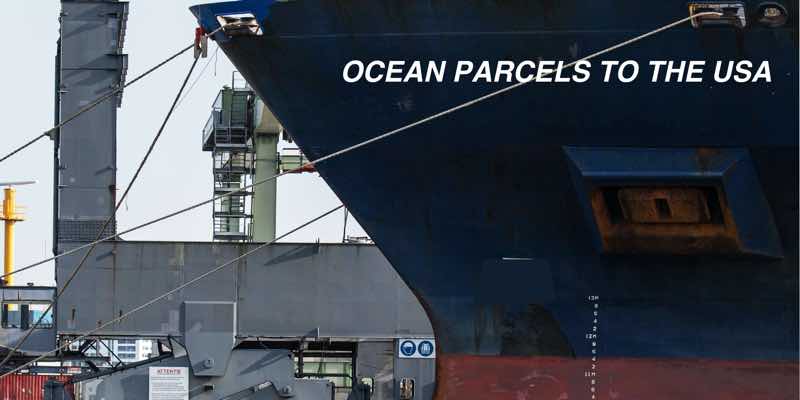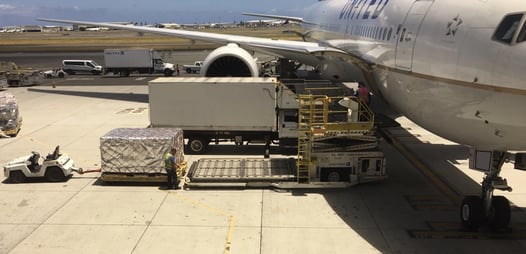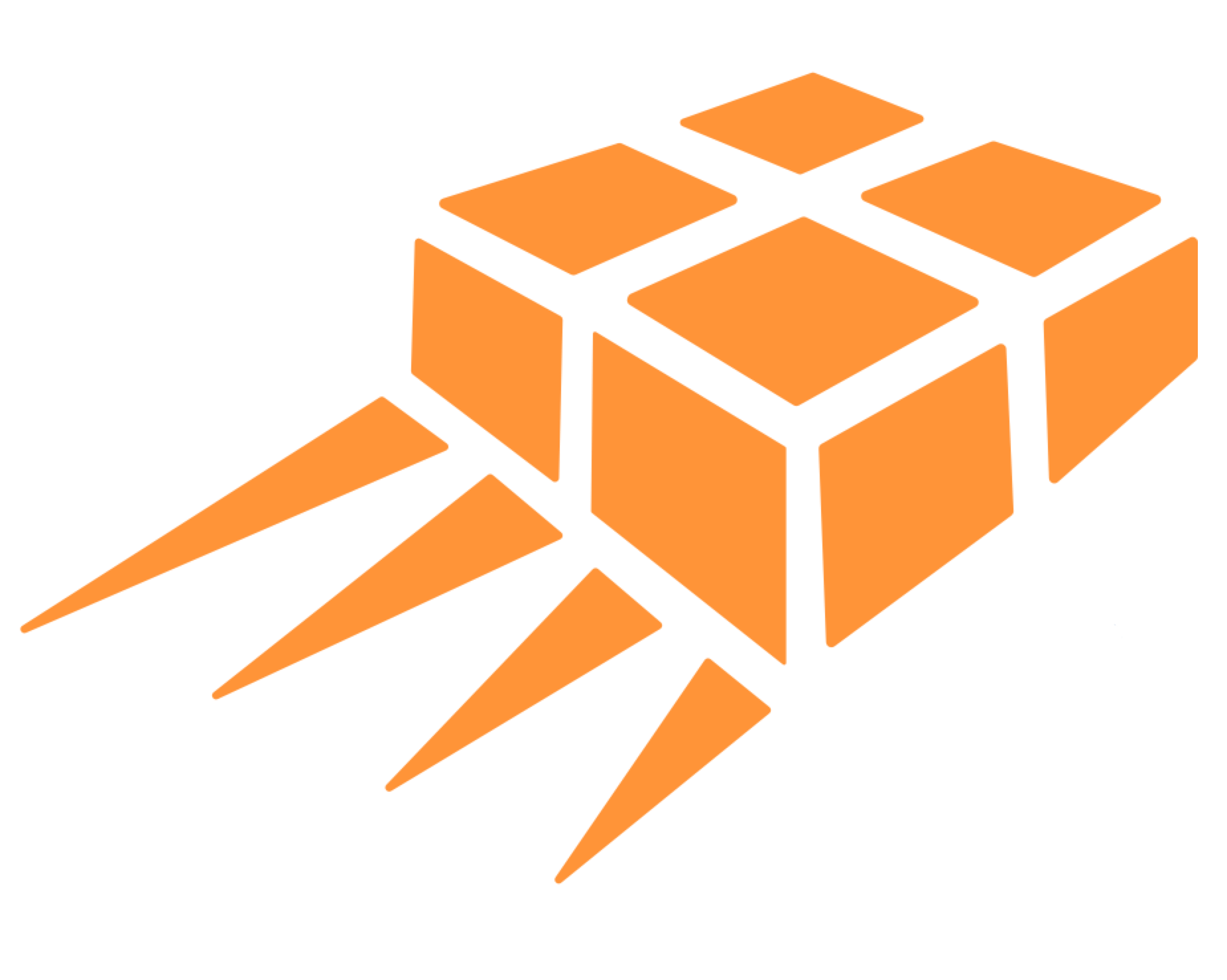
$800 Dutiable Threshold to the USA
More companies are seeking to take advantage of duty free entry of online orders shipped direct to the USA. And customs is testing a new type of entry to make duty free entry available for more modes of shipping.
Importing individual orders versus bulk shipments
The traditional process for importing involves clearing ocean containers of goods via a formal entry to US Customs. While there are many important details, the essential process is to match the item to an an H.S. Code which then corresponds to a rate of duty.
New processes now allow for individual online orders to be cleared duty free as long as (1) the order is less than $800 and (2) it is otherwise not restricted or involves additional government agencies.
Otherwise dutiable goods cleared Duty Free as individual Orders?
Retailers are often surprised to learn that they can import individual orders duty free for goods that otherwise would be subject to duty. They type of entry is referred to as a "section type 86 entry."The ability to clear individual orders shipped via ocean freight is new and best considered to be in a testing phase.

IMPORTANT: 2025 updates to Section 321
What is a Section 321 Entry?
The section 321 allowed for efficient processing of low value parcels imported to the USA. In 2016, this "low value threshold" (also referred to as the de minimis) was raised to $800. It has been eliminated in 2025. Contact our team to develop import processes to the USA.
Express Consignment Versus Freight
Prior to the e-commerce surge, section 321 entries were exclusively restricted to express carriers (FedEx, UPS, DHL) and express consignment facilities (ECCF). Such processes are regulated by Express Consignment Part 128 of the Code of Federal Regulations.
Under Part 128 of the Code of Federal Regulations, express carriers are required to pay $1.07 per shipment to reimburse customs for their express clearance processes. Express consignment processes allow for pre-clearance of most imported parcels and express processes as it relates to inspection and release.
From Express to Everyone Else
As cross border e-commerce has grown, so has the demand for duty free section 321 clearance. Customs increased access to Section 321 via Container Freight Stations (CFS) which benefit from the same express processes but without the $1.07 per shipment reimbursement fee. And now, it appears as if Section 321 is available for all shippers via automated broker interface software.

From Express to cargo to ocean container
To allow even greater access, shippers are not seeking to clear individual orders duty free that are shipped via general air cargo and ocean freight. The new entry type is referred to as a section 321 type 86 entry. A type 86 entry is possible using traditional brokerage software and is opening up even greater duty free access to the US.
Currently, shipments qualifying for de minimis treatment are subject to the release from manifest process, which cannot be used for PGA regulated commodities. Entry Type 86 will instead allow filing through ABI and can be used for PGA regulated commodities.
Contradiction in Policy?
There is talk of lowering the de minimis / low value threshold for Section 321 entries. The Section 321 is no longer a niche process for an insignificant portion of imports. Cross border e-commerce is growing exponentially - in large part due to section 321 processes - and it is this very growth that is calling in question the policy itself.
There is, of course, a contradiction in raising tariffs while, at the same time, making duty free processes more available. There will likely be some changes in policy but it is unlikely that Section 321 will again only be available to express carriers.
Multi-Modal, Multi-Port, Multi Section 321 Processes
Supply chains are adjusting to "parcel logistics" processes to complement their traditional supply chain. To the US, the best practices include using multiple port and parcel import practices to achieve greater flexibility and lower costs.

JetWorldwide.com





